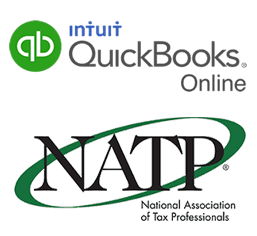How the SECURE Act of 2019 Impacts Inherited IRAs
At the end of 2019, the SECURE Act (Setting Every Community Up for Retirement Enhancement Act) was signed into law, modifying RMDrules for inherited IRAs andretirement accounts.

Under the SECURE Act, inherited IRAs and retirement accounts must be distributed and taxed within 10 years of the original owner’s death. Prior to the SECURE Act, Inherited IRAs were frequently referred to as “stretch” IRAs, as they allowed non-spouse beneficiaries to take relatively small distributions over the course of the beneficiary’s life. The benefit to this was the ability to keep the bulk of the investment in a tax deferred or tax free (Roth IRA) environment. By capping the lifespan of the inherited IRA at 10 years, the IRA beneficiary’s ability to grow the account over decades in either a tax-free or tax-deferred environment has been significantly impacted. Additionally, the new rules put a burden on beneficiaries in the form of tax acceleration by greatly increasing a beneficiary’s taxable income--especially in situations where the beneficiary has income of their own—resulting in a higher tax rate.
| Exceptions to the SECURE Act
|

- The SECURE Act increases the age at which a taxpayer must begin taking required minimum distributions (RMDs) from age 70 ½ to 72. This allows taxpayers to continue their retirement savings for a longer period of time
- Under old tax law, a taxpayer could make IRA contributions until they reached age 70 ½. This has been modified by SECURE Act; now, workers of any age can contribute to a retirement account. This change will make it easier for seniors to make contributions and back-door Roth IRA contributions

















